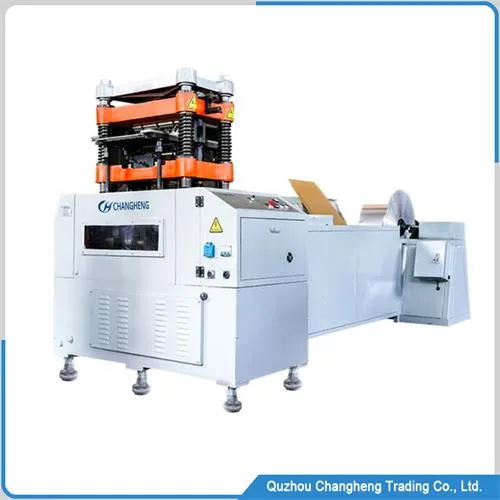
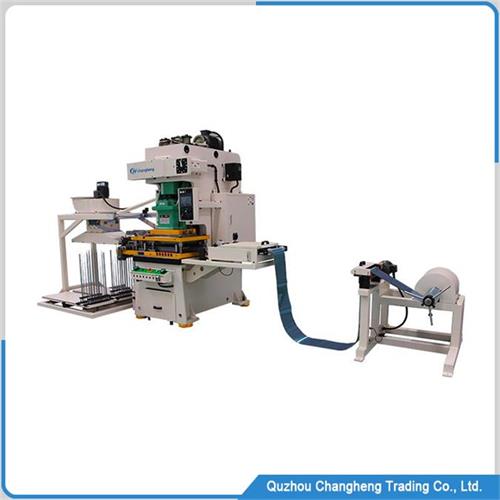
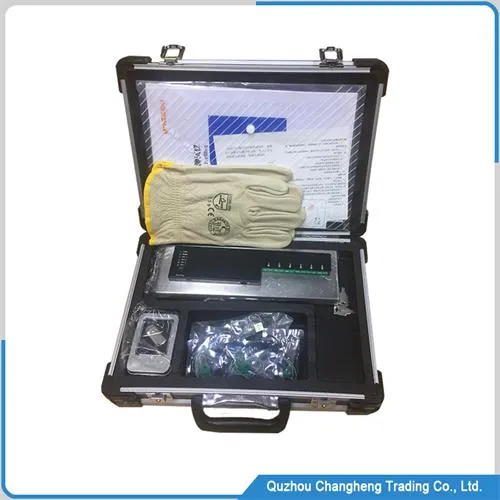
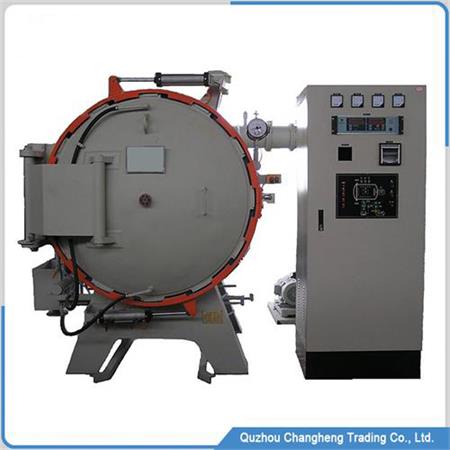
Product Description
This industrial heat exchanger is of the tube-and-shell type and is one of the most popular devices in modern production. In many industries, it is necessary to regulate the temperature of liquids, and its unique characteristics play an essential role.
Its main components are the shell, internal bundle tube, head, partition, interface, fins, etc. It has strong pressure resistance and easily adjusts temperature.
Advantages of industrial heat exchangers
- Strong corrosion resistance
In some special application scenarios, the medium is strongly corrosive, and the heat exchanger’s material is SS304 or titanium metal, effectively avoiding corrosion problems.
- Resistant to high pressure
The Industrial heat exchanger’s thick metal shell allows it to withstand a maximum pressure of 30MPa.
- Flexible temperature control
Temperature control is necessary to achieve the most efficient production in practical use. Engineers only need to control the flow rate of the medium flexibly and with valves to control its temperature effectively.
- Long service life
Almost no additional costs are required for a single investment, and the maximum service life exceeds 20 years.
- Any installation environment
It can be installed in any location, whether outdoors or in harsh environments, with no problems, and will not pollute the environment.
Industrial heat exchanger data
| ITEM | DATA |
| Pipe material | SS304 titanium |
| Maximum pressure | 30Mpa |
| Tube type | U type |
| Cooling method | cross flow convection |
| Size | Customized |
| Packaging | wooden box |
| MOQ | 1 pcs |
Material: stainless steel/carbon steel optional
Heat exchanger area: according to working conditions
Working/Design temperature: according to the design optional
Pressure: according to the design, optional
Application: oil, chemical, pharmacy, food, electricity, paper…
Manufacturing process of Industrial heat exchanger
End plate: CNC machining manufacturing, This board has many holes for inserting pipes, and a CNC machine machines each hole to ensure its spacing size
Tube: Its material is usually iron, copper, stainless steel, titanium alloy, etc. Use tools to bend it into a U-shape. Some special heat exchangers require bending the tube into different shapes.
Fin: This special fin, produced by a high-speed stamping machine, increases heat transfer efficiency. Some heat exchangers do not require the installation of this component.
Assembling bundle tubes: Large industrial heat exchangers typically require multiple workers to complete this task,
Welding: Every pipe and end plate needs to be welded, which is why it can withstand a pressure of 30mpa
A shell is a metal plate that is bent into a cylindrical shape and then welded together. The connecting rings at both ends are the key to the technology; otherwise, installing the end caps will cause leakage.
End cap: Its manufacturing process and shell basic requirements require multiple metal plates welded together
Q & A
A: Of course
A: Yes, we can. Most products can be customized, including the Logo on products.
A: Normally, it is 30 days after payment, and we promise to deliver as soon as possible.

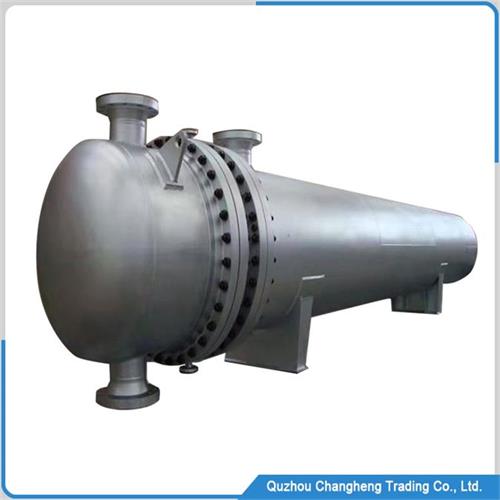
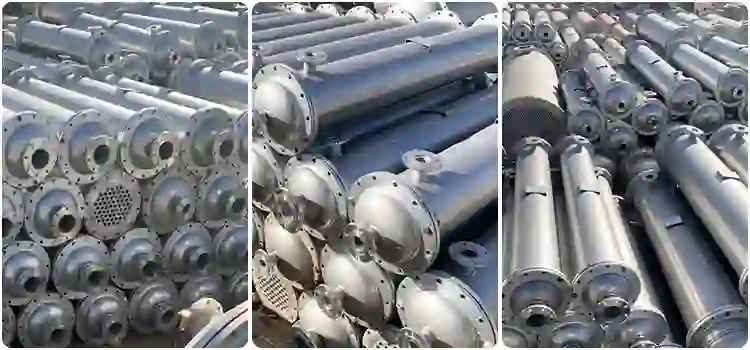









 wechat
wechat